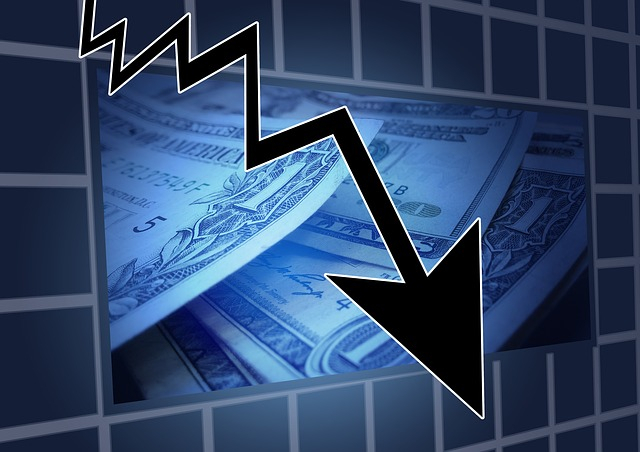The strict measures of thew quarantine to contain the spread of the coronavirus or COVID-19 slammed the brakes on Philippines' two decades of Strict quarantine measures to contain the coronavirus slammed the brakes on the Philippines' two decades of continuous growth in the first quarter, taking the economy to a recession in this year.
The GDP unexpectedly contracted 0.2 percent in the months of January to March from the similar period last year, the first downfall since the fourth quarter of 1998, data of the statistics agency stated on Thursday.
Contraction dashed forecasts for 3.1 percent growth

The contraction dashed forecasts for 3.1 percent growth and economists now believe GDP will see a steeper drop ahead as an extended lockdown in the nation's capital takes a heavier toll on domestic demand. "First quarter slump is the tip of the iceberg," said Alex Holmes, Asia Economist at Capital Economics, in a note. "The second-quarter figures are likely to be much worse". Seasonally adjusted GDP fell 5.1 percent versus fourth quarter 2019.
To slow the rising cases of the new coronavirus, the Philippines placed the main island of Luzon, which accounts for more than two thirds of the economy and half of the population of more than 107 million, on lockdown from mid-March until the end of April. The enhanced community quarantine (ECQ) measures, among the strictest in Asia, was relaxed from May 1, paving the way for the incremental resumption of work and commercial activity in low-risk areas. However, the capital Manila, where most cases are, remains under strict stay-at-home orders.
Household consumption slowed to 0.2 percent in the first quarter from last year, its weakest in at least two decades and down sharply from the fourth quarter's 5.7 percent. Government spending also grew at a much slower pace of 7.1 percent in the first three months of the year from a year ago, compared with 17 percent in the final three months of 2019.
Capital formation fell a hefty 18.3 percent
Capital formation fell a hefty 18.3 percent after posting 2.5 percent growth in the fourth quarter. "Containing the spread of the virus and saving hundreds of thousands of lives through the imposition of ECQ has come at a great cost to the Philippine economy," Acting Economic Planning Secretary Karl Chua told an online news conference.
The Philippines recorded its first local transmission of the virus in March and has since registered more than 10,000 confirmed cases and more than 600 deaths. To support growth, the Bangko Sentral ng Pilipinas (BSP) has cut interest rates three times this year, with the latest move in April an off-cycle easing that brought the benchmark interest rate PHCBIR=ECI to a record low of 2.75 percent.
While BSP Governor Benjamin Diokno hinted before the data's release he was in no rush to slash policy rates again, ING economist Nicholas Mapa said the unexpected contraction in the first quarter reinforces the case for more stimulus. Mapa expects at least another 25 basis points off-policy rate cut as early as Thursday.
(With agency inputs)








